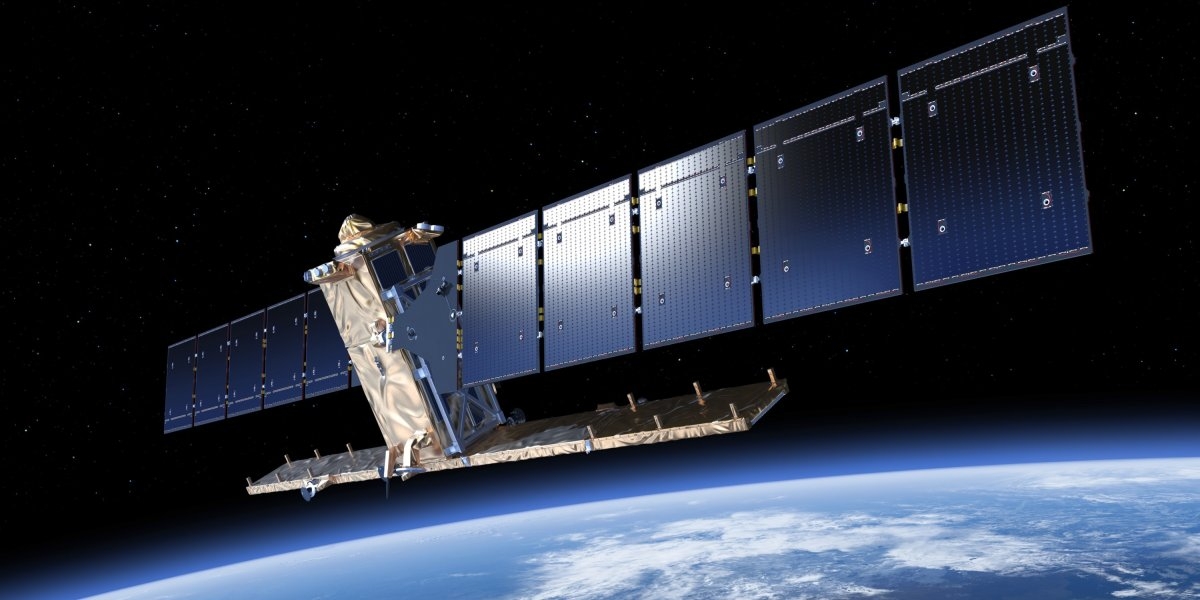Foto - ESA
What can satellites and observations teach us about co₂ emissions?
Are we on track with reducing emissions to reach our climate goals? Can satellites help countries estimate their emissions and better understand progress towards their climate targets?
The EU has already decided to launch satellites to support the measurement of co₂ emissions from space. In a few years the Copernicus Carbon Dioxide Monitoring mission (co₂M) will continuously measure co₂ in the atmosphere which can be used to independently estimate co₂ emissions. At this event we share knowledge from research and practice on verification of emissions and look at how this will be increasingly relevant in the years ahead.
Om
Gjennomført: 11.5.2023
Kulturhuset i Oslo - Møterom Laboratoriet
Cicero
This event is co-hosted by CICERO Center for International Climate Research and The Climate and Environmental Research Institute NILU.
Moderated by Marit Sandstad, senior advisor (CICERO)
Overview of how CO2 emissions are estimated today
Glen Peters, senior researcher, CICERO
The importance of satellites for climate policy and climate action
Introduction by Dag Anders Moldestad, Lead, Copernicus program, Norwegian Space Agency
Building the prototype system for a European Monitoring and Verification Support capacity for CO2 emissions
Glen Peters, senior researcher, CICERO – the Coco₂ project
Verifying emission estimates of climate forcers
Rona Thompson, senior scientist, NILU - the EYE-CLIMA project
A co₂M roadmap for Norway
Ragnhild Børke, CICERO
Why ground-based observations remain essential with satellites
Stephen Platt, NILU
Using and reporting the emission estimates – what role can verification play?
Kathrine Loe Bjønness, Norwegian Environment Agency
Followed by 20 min discussion moderated by Marit Sandstad
Questions about the event? Please contact erik.tollefsen@cicero.oslo.no
This event is a part of :
"CICERO presenterer - En hel dag med klimakunnskap"
When signing up you can participate the whole day, parts of the day or one specific event.
